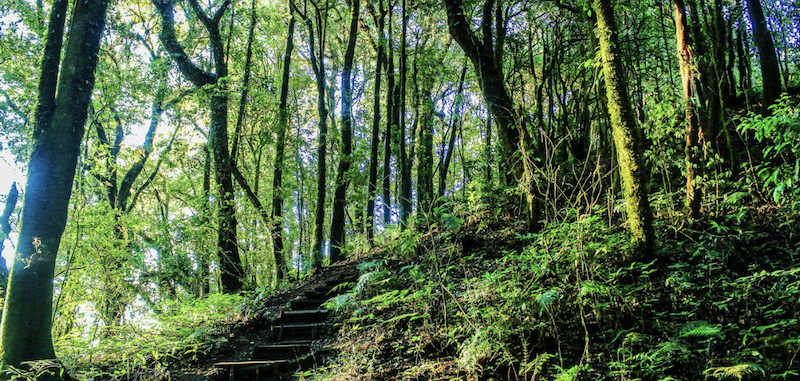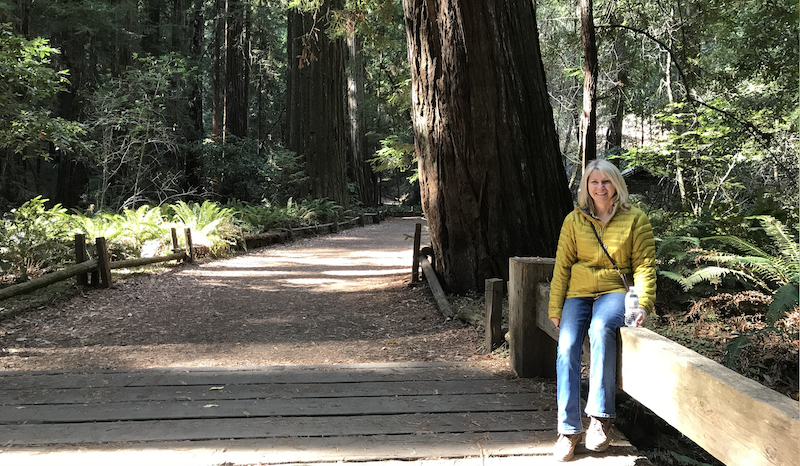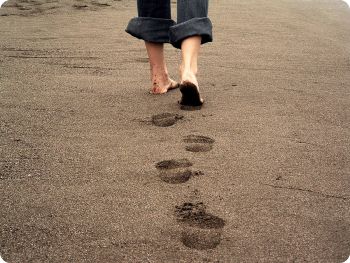~Albert Einstein
By Lorraine Alexander
In 1984 the term technostress was introduced.
Four decades later, many of us can relate to both the positive and negative influence of technology, including wifi, computers, cell phones, and social media. These technological advances add efficiency and convenience to life. Yet, at the same time, they also add stress. Everyone who sends a message expects a response. We feel the need to keep a presence online and in social circles. And in the workplace, our reputation depends on a speedy, accurate, and thoughtful response.
With constant wifi connectivity, technostress threatens our health and lifestyle with complexity and information overload. There is a sub-current of uncertainty and angst as we face our ever-changing world of technology. In many ways, through the use of technology, we have become less connected to friends and business associates.
—Albert Einstein, born March 14, 1879 – April 18, 1955.
Self-care and meditation make a difference. When possible, unplug and manage your screen time. Avoid overexposure to electronics, take short breaks at work, strive for balance, and last but not least, make the practice of meditation your new best friend. After using the computer screen for hours, non-directive meditation feels like a 'healing oasis' to soothe the brain and body. Practice twice daily (20 minutes per session) to reduce stress, then watch creativity and efficiency flourish.
In addition to meditation, the Japanese practice of forest immersion called shinrin-yoku (also known as forest bathing) relieves stress caused by overexposure to technology. A practice of non-directive meditation (twice daily) combined with forest bathing as needed, is a winning combination to battle toxic stress.
Science proves forest bathing, known in Japan as shinrin-yoku, has beneficial effects on the immune system, nervous system, stress hormones, blood pressure, heart rate, sleep, and disease prevention.
Medical science proves the positive effects of the forest on human health:
"Shinrin-yoku is like a bridge. By opening our senses, it bridges the gap between us and the natural world [1, 2]." —The National Library of Medicine | National Center for Biotechnology Center | Effects of forest environment (Shinrin-yoku/Forest bathing) on health promotion and disease prevention —the Establishment of “Forest Medicine"
Take a slow nature walk in the forest with mindful purpose and presence.
Let go of any worries or distractions. During the walk, focus your attention on the trees and lifeforms of the forest using all of your senses. Give attention to your feelings as you experience them.
The ideal way to experience forest bathing is to hold an open awareness--allow presence, curiosity, and appreciation to emerge. Connecting with nature reduces stress, elevates our mood, and boosts our overall well-being. Take the time to slow down, pause, breathe in the fresh air, and appreciate the beauty and energy of the forest.
- Limit time on electronic devices.
- Practice a deep and rejuvenating form of non-directive meditation as a baseline twice daily to refresh your mental focus and energy.
- Take regular breaks. Bring additional relaxation techniques and nature into each day. Five deep-belly breaths can stimulate the relaxation response. Watch this video lesson: Breathe Into Balance and Relax.
- Optimize sleep, a time of restoration for both the brain and body.
- Take rejuvenating forest bathing walks or mindful walks near the ocean when possible. Both rejuvenate the body, mind and spirit.
Take action, monitor your screen time, and adopt relaxing restorative activities. We can restore balance and reinstate happiness, health, and lessen the effects of technostress. Who knew that a simple walk in the woods proves to be essential for our health and well-being?
Wear sturdy, comfortable walking shoes or hiking boots. Take water, food, or energy snacks. Dress in layers for warmth and comfort. For safety, walk in a public park with a partner or small group, and stay on a main trail, leaving well before sunset. Ask a Park Ranger to direct you to the best trails, or take a forest bathing guided tour.
Park Rangers help visitors appreciate and enjoy the more than 189 million acres of public lands preserved, managed, and protected by the U.S. Department of the Interior (DOI).
Certified DASA instructors teach in the United States, Canada, and Japan.
Contact DASA Meditation to learn more.
🌿 Receive monthly news.
Follow DASA Meditation: LinkedIn / Facebook
| ABOUT Lorraine is a second-generation DASA instructor. She first learned to meditate at the young age of 15. Her work includes publication in the Bohemian, NorthBay Biz, the US Green Building Council, the Windsor Times, Homes & Lifestyles, and the Press Democrat. Additionally, she is the primary contributor to the DASA Meditation blog. She teaches DASA Meditation in Northern California. Contact [email protected] |









 RSS Feed
RSS Feed

